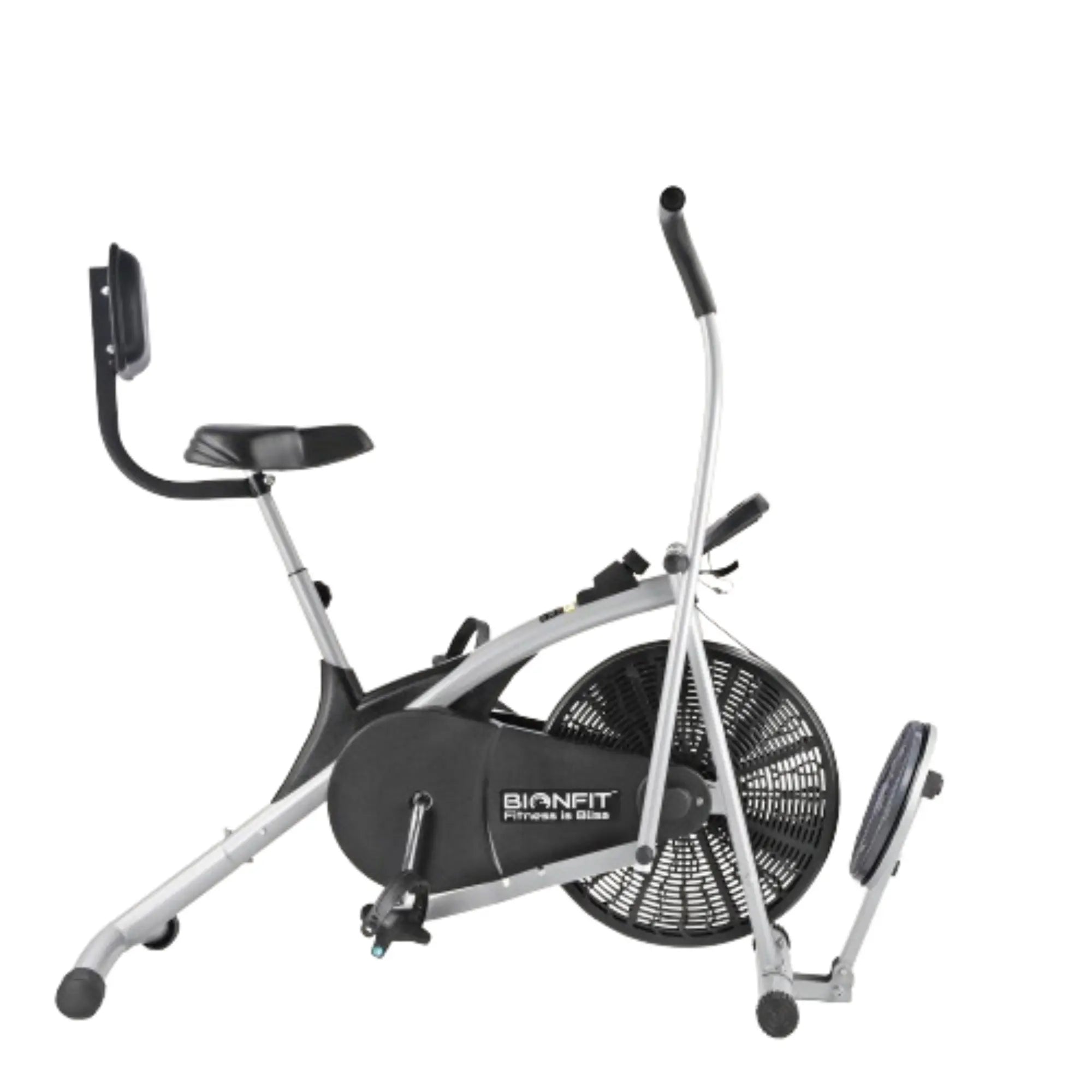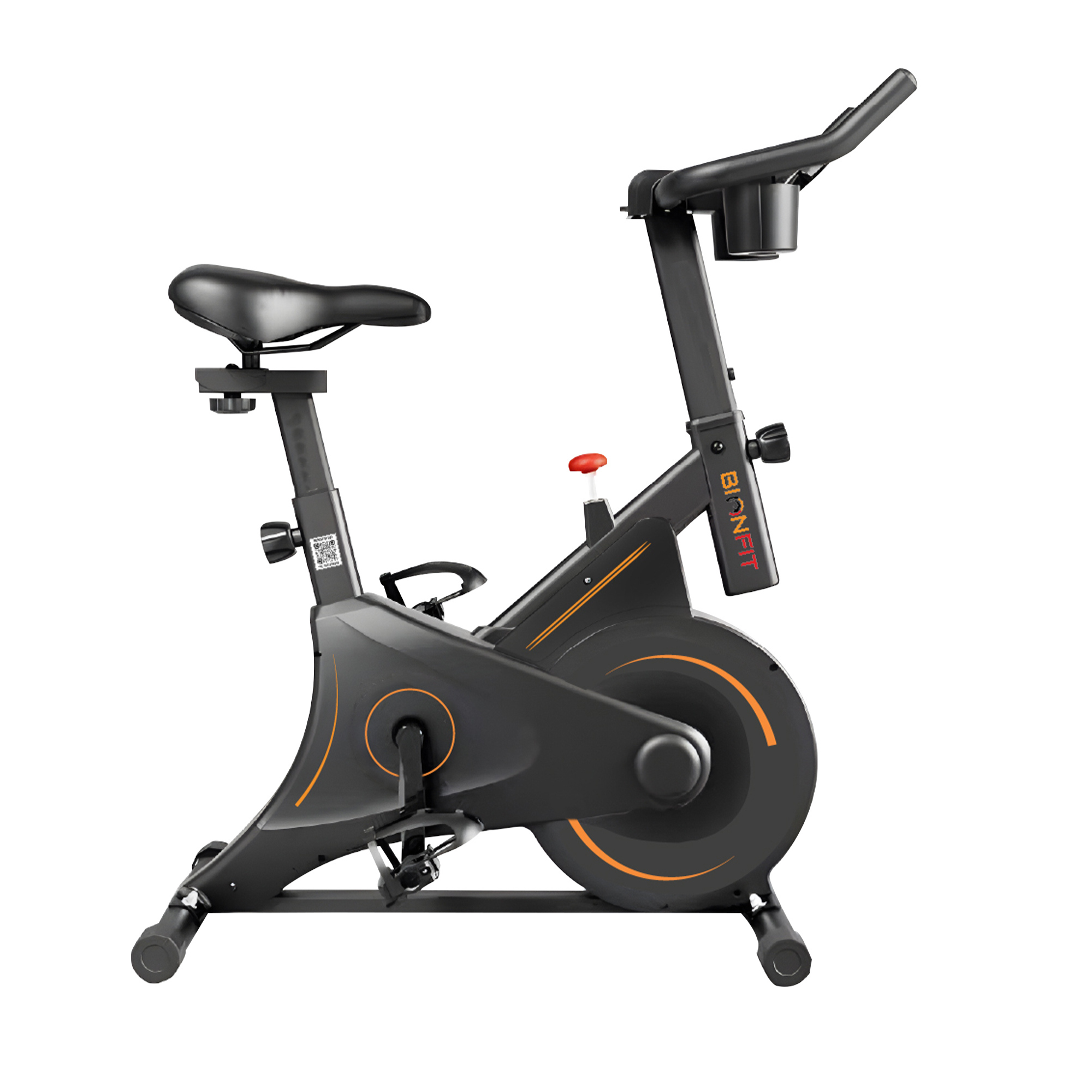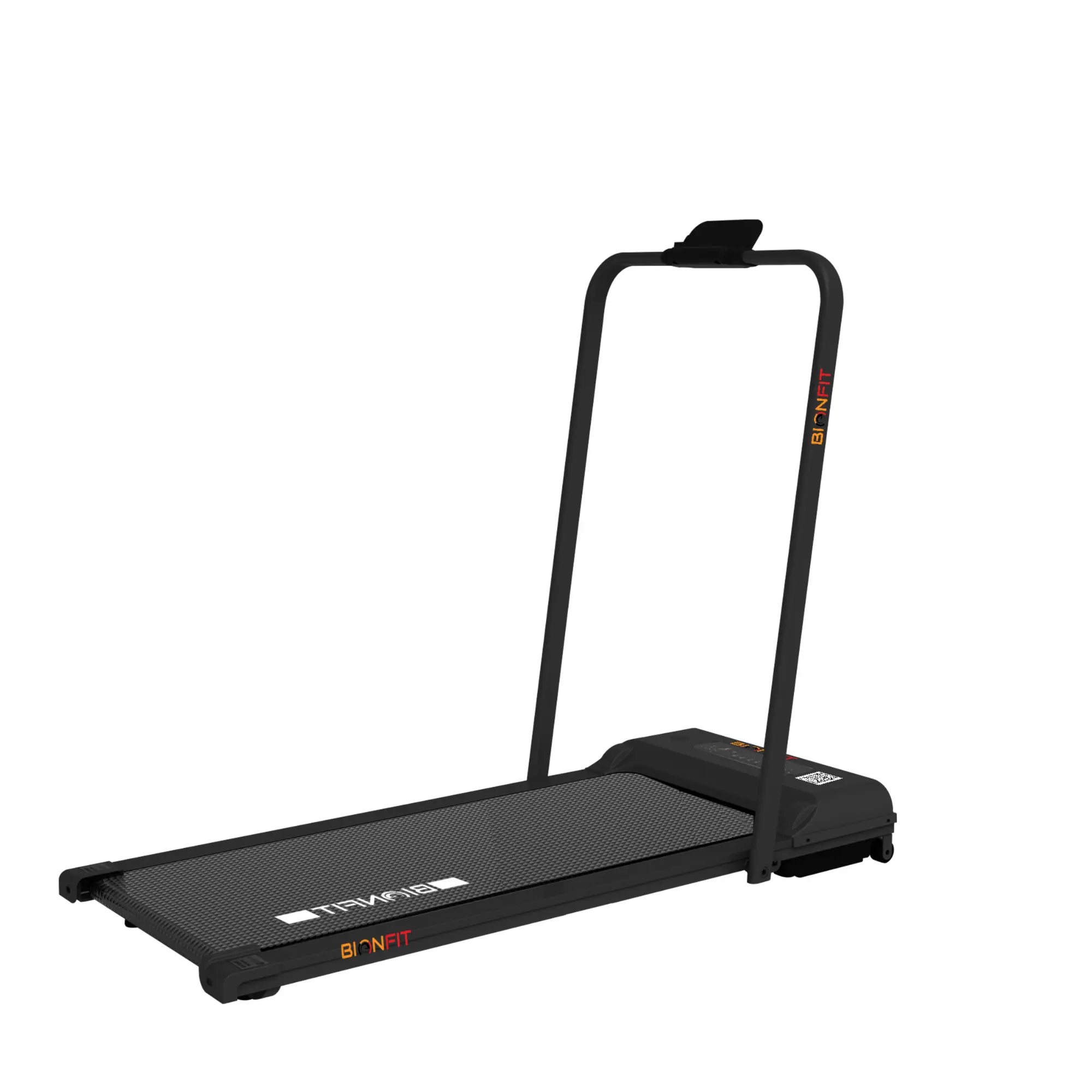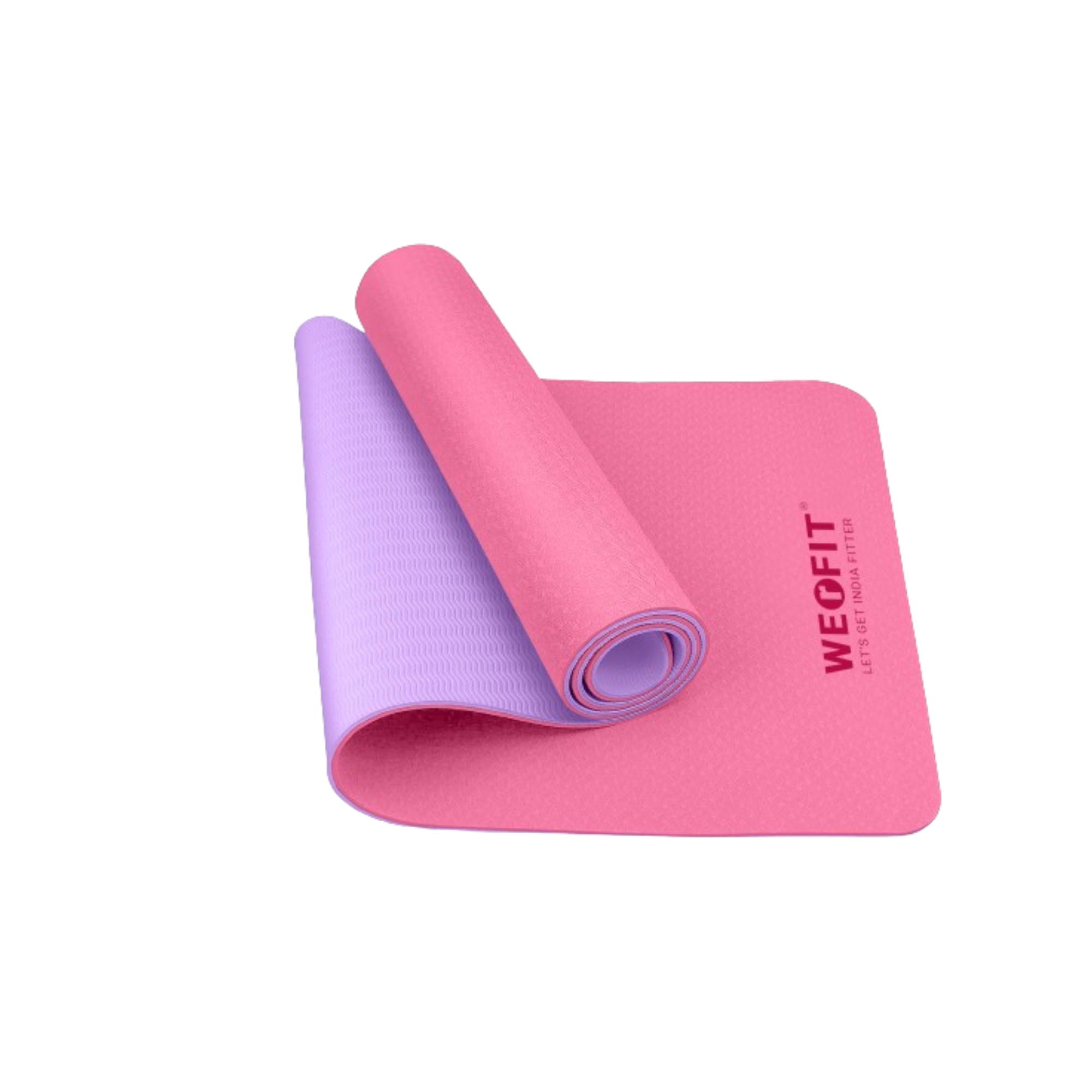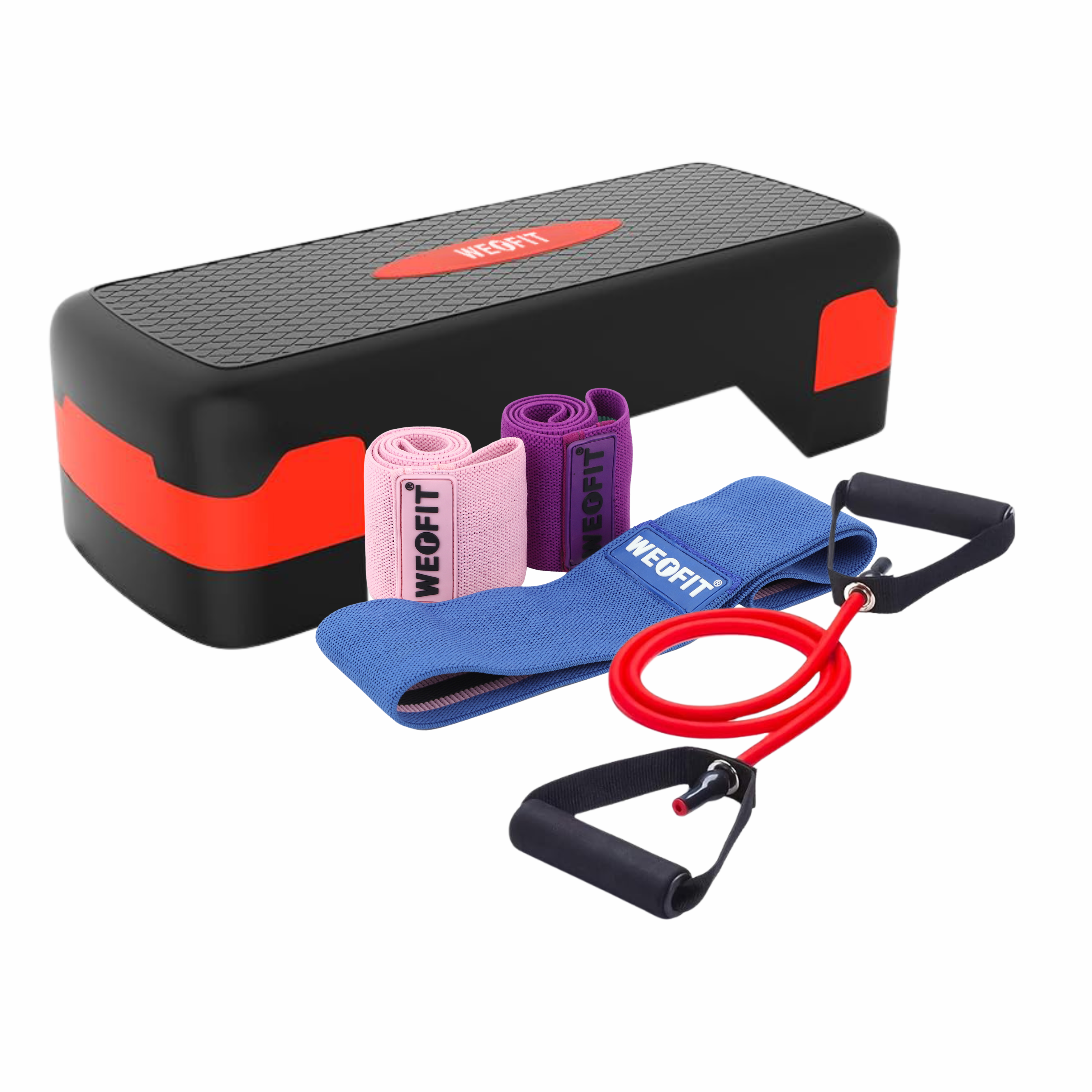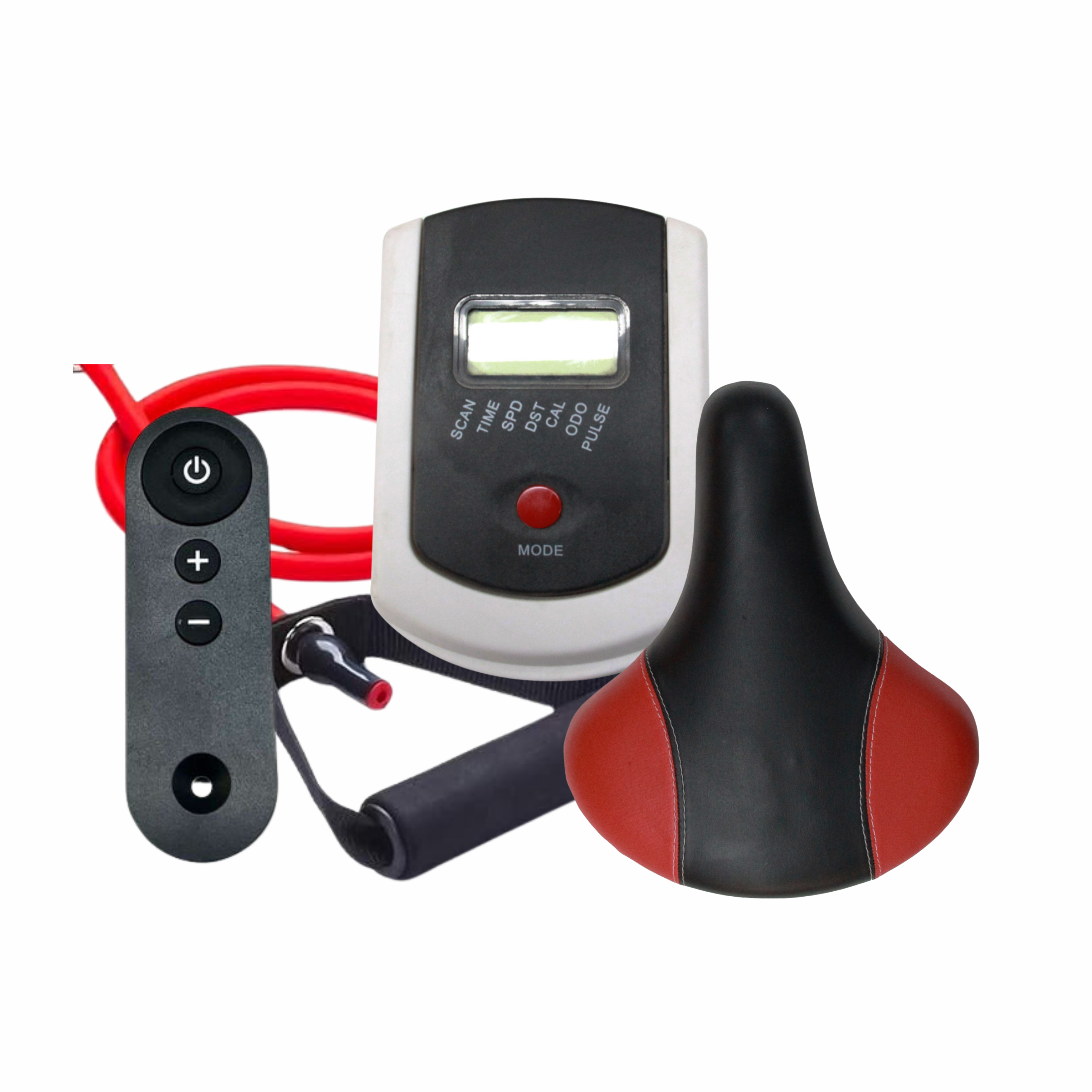
Achieve Your Fitness Goals: Setting Up a Home Exercise Cycle Routine
In today's fast-paced world, maintaining a healthy lifestyle can be challenging. However, setting fitness goals and establishing a home exercise cycle routine can make a significant difference in achieving optimal health and wellness. By dedicating time and effort to your fitness journey, you can experience numerous benefits, including increased energy levels, improved mood, and enhanced physical fitness.
Assessing Your Fitness Level
Before diving into any exercise routine, it's essential to assess your current fitness level. This involves conducting a physical assessment to identify strengths, weaknesses, and areas for improvement. Additionally, setting realistic fitness goals based on your assessment is crucial for tracking progress and staying motivated throughout your journey.
Designing Your Home Exercise Cycle Routine
Selecting the right equipment is key to creating an effective home exercise cycle routine. Whether you prefer a stationary bike, elliptical machine, or treadmill, choose equipment that aligns with your fitness goals and preferences. Once you have your equipment, design a balanced workout plan that includes cardiovascular exercises, strength training, and flexibility exercises to target different muscle groups and improve overall fitness.
Establishing a Workout Schedule
Time management plays a significant role in sticking to your home exercise routine. Schedule your workouts at times when you're most likely to follow through, whether it's early in the morning, during lunch breaks, or in the evening. Consistency is key to seeing results, so commit to your workout schedule and make it a priority in your daily routine.
Incorporating Variety and Progression
To prevent boredom and avoid hitting fitness plateaus, it's essential to incorporate variety and progression into your home exercise routine. Mix up your workouts by trying different exercises, workout formats, and intensity levels. Additionally, track your progress regularly to celebrate achievements and make necessary adjustments to keep challenging yourself.
Tips for Staying Motivated
Staying motivated on your fitness journey can be challenging, but there are several strategies to help you stay on track. Set realistic expectations for yourself and focus on making gradual progress over time. Find enjoyment in the process by trying new activities, listening to motivational music, or working out with a friend or family member for added accountability.
Importance of Rest and Recovery
While consistency is essential for achieving fitness goals, rest and recovery are equally important for preventing injury and maximizing results. Listen to your body and incorporate rest days into your weekly routine to allow for muscle repair and recovery. Avoid overtraining by giving yourself permission to take breaks when needed and prioritizing quality sleep for optimal recovery.
Conclusion
Setting up a home exercise cycle routine is an effective way to achieve your fitness goals and improve overall health and well-being. By assessing your fitness level, designing a personalized workout plan, establishing a consistent schedule, and incorporating variety and progression, you can stay motivated and see results over time. Remember to prioritize rest and recovery to prevent burnout and injury, and most importantly, enjoy the journey to a healthier, happier you!
FAQs
1. How often should I work out at home?
- Aim for at least three to five days of exercise per week, with a mix of cardiovascular, strength training, and flexibility exercises.
2. Do I need expensive equipment for a home exercise routine?
- Not necessarily. You can achieve effective workouts with minimal equipment, such as resistance bands, dumbbells, or bodyweight exercises.
3. What should I do if I lack motivation to work out at home?
- Try setting small, achievable goals, finding a workout buddy for accountability, or exploring new workout formats to reignite your motivation.
4. How long should my home exercise sessions be?
- Aim for at least 30 minutes of moderate-intensity exercise per session, gradually increasing duration and intensity as your fitness level improves.
5. Is it necessary to consult a fitness professional before starting a home exercise routine?
- While it's not mandatory, consulting a fitness professional can provide valuable guidance on exercise selection, form, and progression, especially if you're new to working out or have specific health concerns.
Follow us for more updates.

